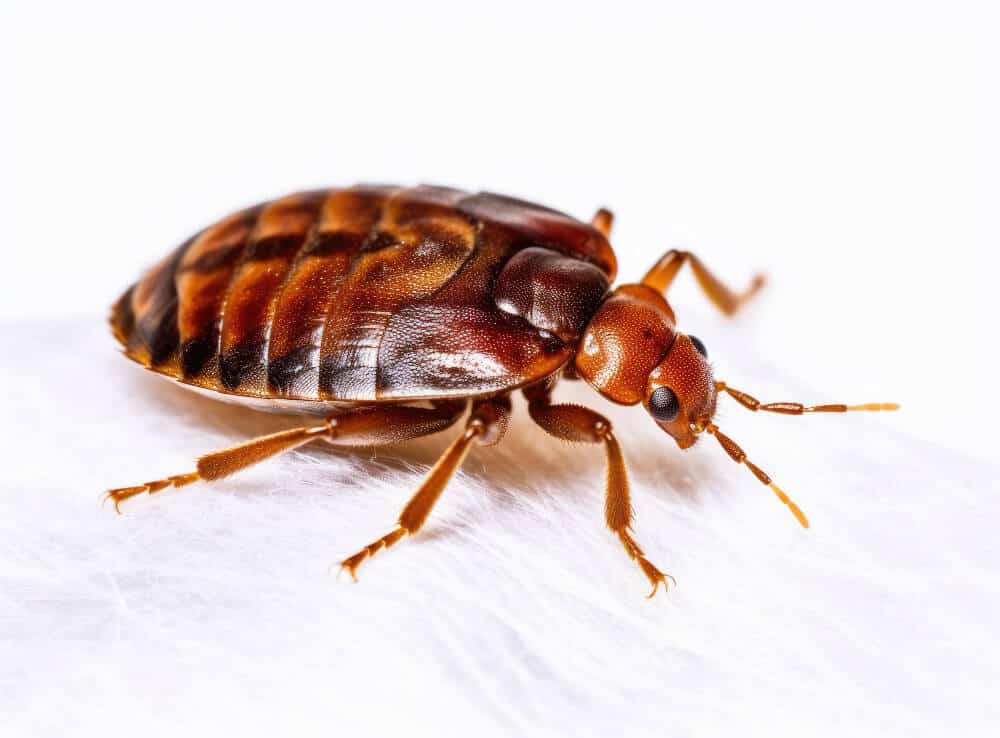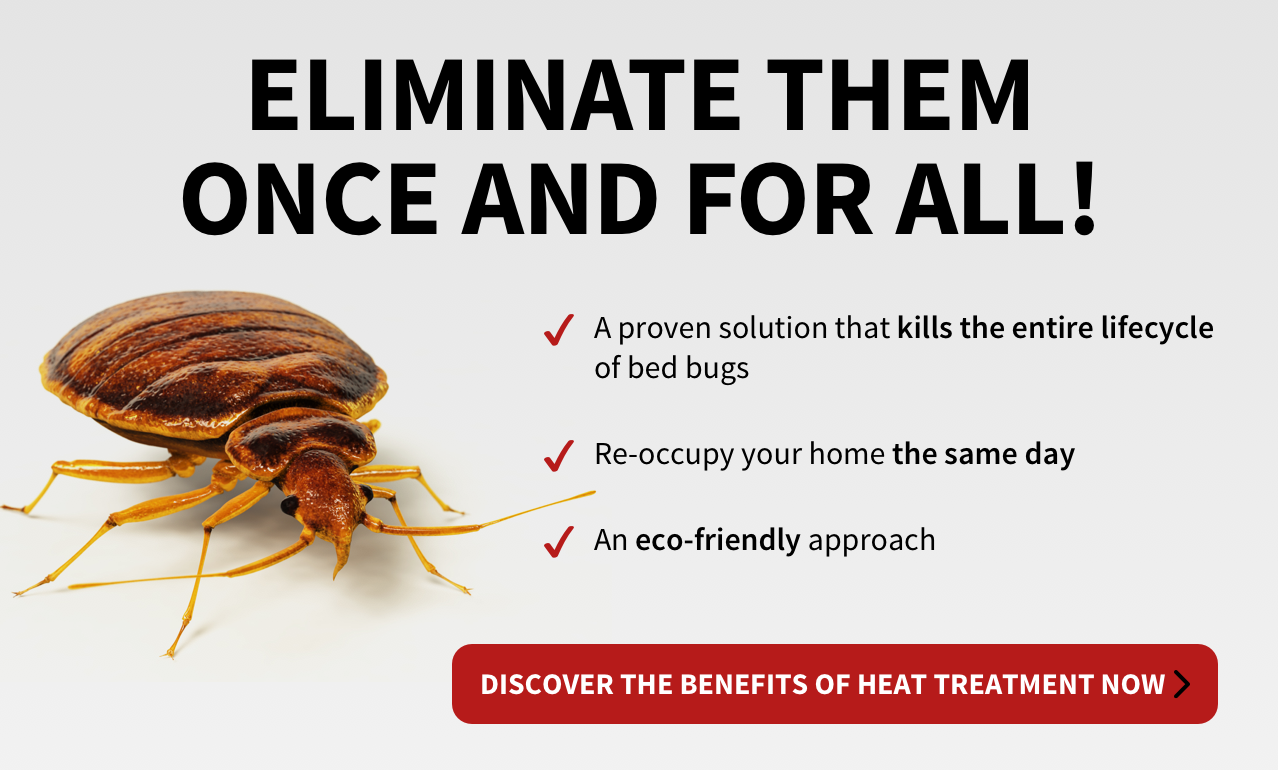Efficient A1 Bed Bug Treatment Houston - Get Rid of Bed Vermin
Efficient A1 Bed Bug Treatment Houston - Get Rid of Bed Vermin
Blog Article
Recognizing the Lifecycle of Bugs for Targeted Control Techniques
Understanding the lifecycle of bugs is a fundamental element of efficient bug monitoring techniques. Through a deeper understanding of how pests thrive and develop, customized control approaches can be developed to resolve specific factors in their lifecycle, eventually leading to more successful bug administration end results.
Significance of Comprehending Insect Lifecycle
Comprehending the lifecycle of parasites is vital for creating reliable and targeted control methods in bug administration. By understanding the various phases a parasite goes with from egg to adult, parasite control specialists can recognize weak spots in the lifecycle where treatment can be most effective. As an example, knowing when larvae are most energetic can help identify the ideal timing for using larvicides. In addition, comprehending the life-span of a parasite types can aid in predicting population growth patterns and potential problem dangers.
In addition, identifying the specific ecological conditions required for each stage of the insect's lifecycle can assist decisions on habitat adjustment or exclusion approaches to lower and interrupt the lifecycle bug populaces. This knowledge allows pest management professionals to execute aggressive steps rather than relying solely on responsive treatments, causing more lasting and sustainable pest control remedies. Ultimately, an extensive understanding of parasite lifecycles encourages parasite control professionals to customize their methods efficiently, minimizing ecological effects and maximizing control end results.
Trick Phases in Insect Growth
To properly execute targeted control methods in bug administration, a crucial element lies in adequately determining and understanding the crucial phases in pest development. Insect growth typically contains numerous crucial stages that are vital for their lifecycle and administration. The first phase is the egg stage, where insects lay eggs that later on hatch right into larvae. Larvae then proceed into pupae, a stage where they undergo metamorphosis prior to becoming grown-up bugs. Recognizing these stages is essential as it helps in identifying vulnerable points in the lifecycle where control steps can be most effective.

Vulnerabilities in Bug Lifecycle
Throughout the various phases of an insect's lifecycle, distinctive vulnerabilities arise that can be strategically targeted for effective control steps (A1 bed bug removal houston). One crucial vulnerability exists in the egg phase, where parasites are usually much more vulnerable to particular insecticides or biological control agents due to their soft outer covering, making them less complicated targets for intervention. Recognizing these susceptabilities in the parasite lifecycle is important for creating effective and accurate control strategies that successfully handle insect populations while decreasing environmental impact.
Applying Targeted Control Actions

Applying targeted control measures normally includes a multi-faceted approach. This might consist of habitat modification to make the setting much less friendly to insects, such as getting rid of standing water for mosquito control or sealing access points for rats. Furthermore, biological control techniques can be made use of, where natural killers or pathogens are introduced to keep bug populations in check.
Chemical control, such as the cautious application of chemicals, is another usual method. However, it is necessary to utilize these substances deliberately to decrease ecological effect and possible damage to non-target species. Integrated Pest Management (IPM) strategies that integrate different control measures in a worked with and sustainable way are usually one of the this hyperlink most efficient in accomplishing long-lasting insect administration objectives. By executing targeted control measures based on a detailed understanding of insect lifecycles, insect populaces can be efficiently controlled while lessening threats to human wellness and the environment.
Enhanced Pest Management Practices

Furthermore, the unification of organic control agents, such as natural predators or pathogens of parasites, can help in reducing reliance on chemical pesticides and promote a more balanced ecosystem. Applying physical obstacles and catches can also become part of boosted bug management practices, supplying non-toxic and targeted options for bug control. Additionally, using scents and other semiochemicals can interfere with pest mating patterns and interaction, bring about lowered bug populaces with time.
Conclusion
To conclude, recognizing the lifecycle of insects is vital for reliable parasite management methods. By recognizing key phases in bug growth and susceptabilities in their lifecycle, targeted control procedures can be implemented to lessen insect populaces. Improved parasite monitoring methods can assist reduce the reliance on broad-spectrum chemicals and promote more sustainable and environmentally pleasant insect control techniques. This expertise plays a crucial function in maintaining healthy and balanced communities and agricultural efficiency.
Understanding the lifecycle of pests is important for creating effective and targeted control methods in bug administration. By comprehending the numerous phases a parasite goes via from egg to grownup, parasite control professionals can recognize at risk factors in the lifecycle where treatment can be most successful. Inevitably, why not check here an extensive understanding of parasite lifecycles encourages insect control experts to customize their methods efficiently, reducing ecological influences and making the most of control outcomes.
By applying targeted control measures based on a thorough understanding of insect lifecycles, insect populaces can be properly managed while reducing risks to human health and the environment.
By determining crucial stages in bug advancement and susceptabilities in their lifecycle, targeted control measures can be applied to decrease my company bug populations.
Report this page